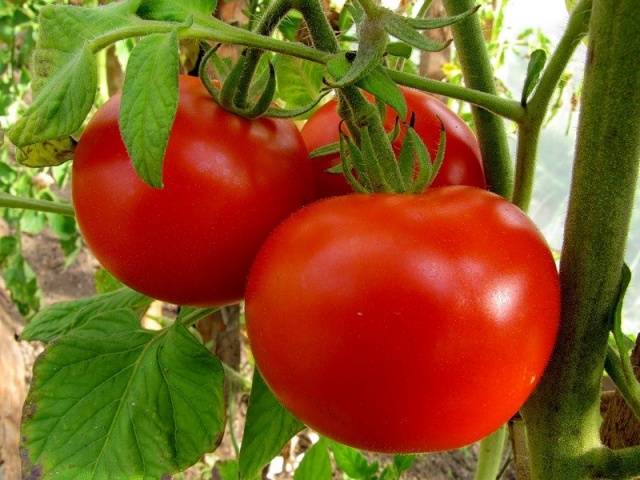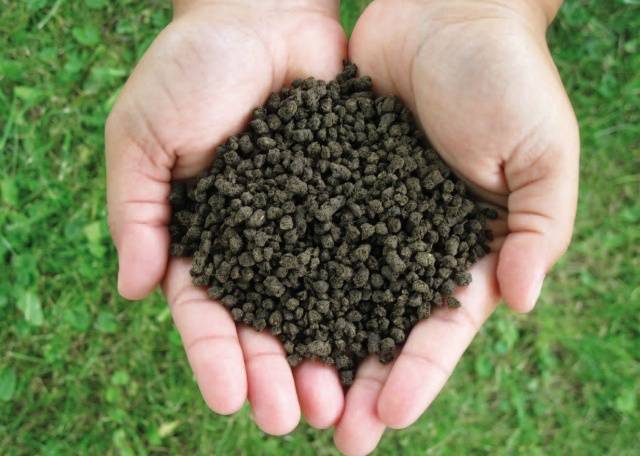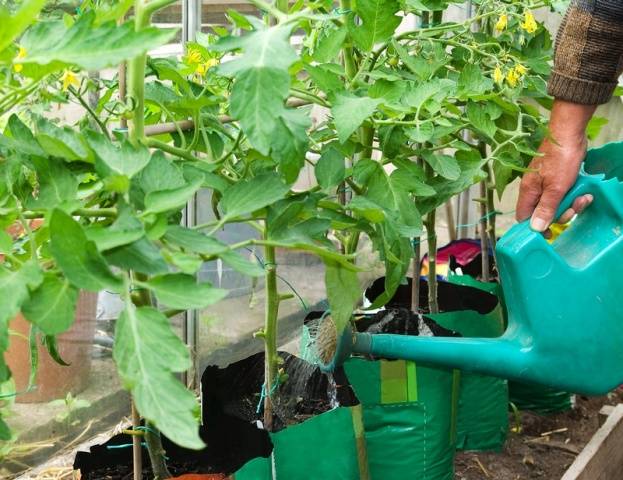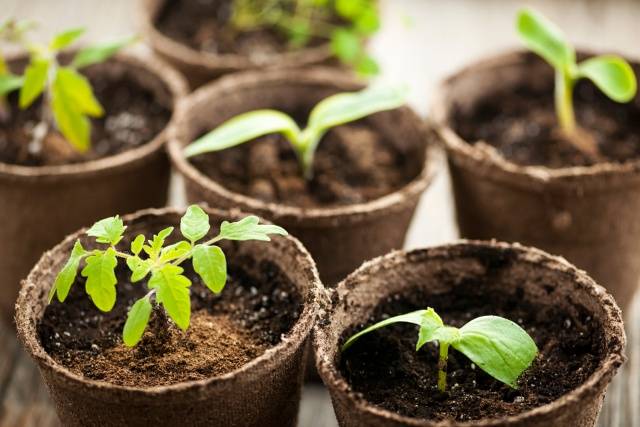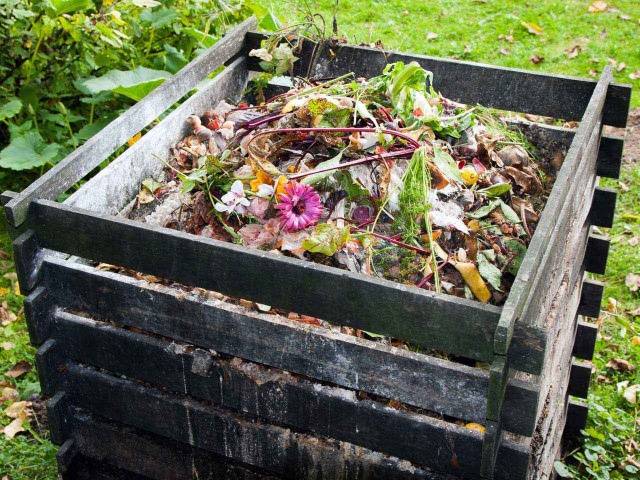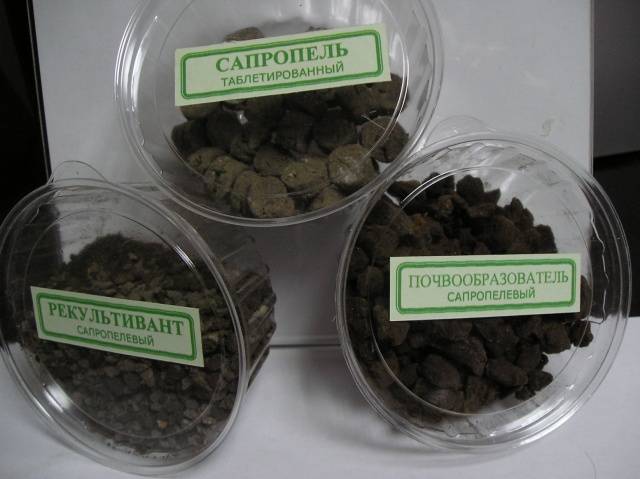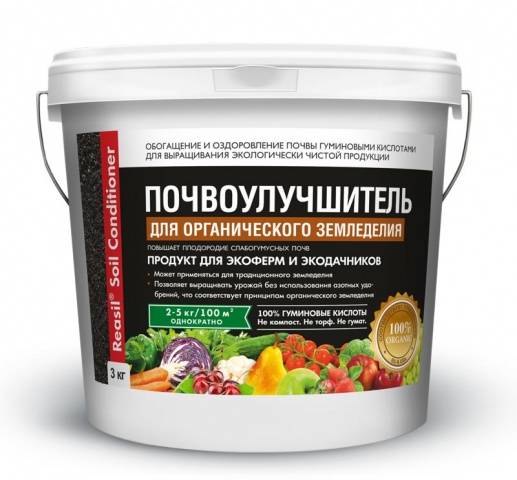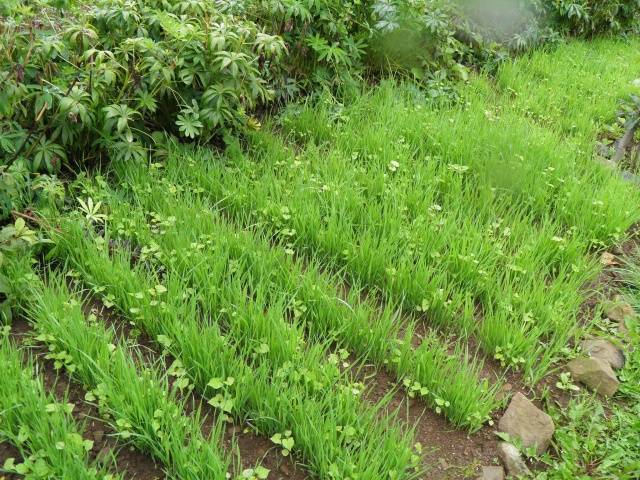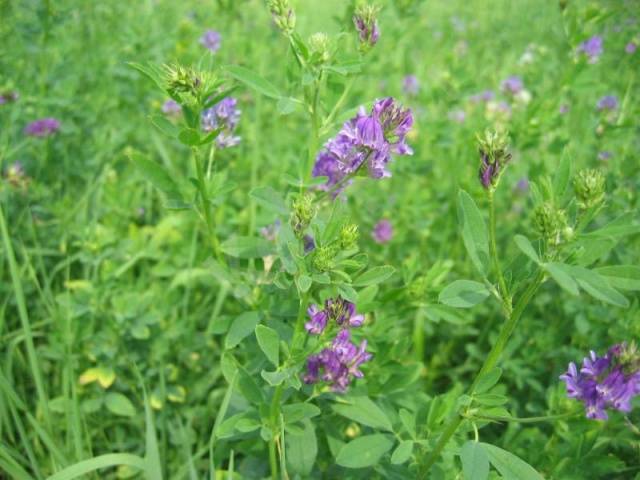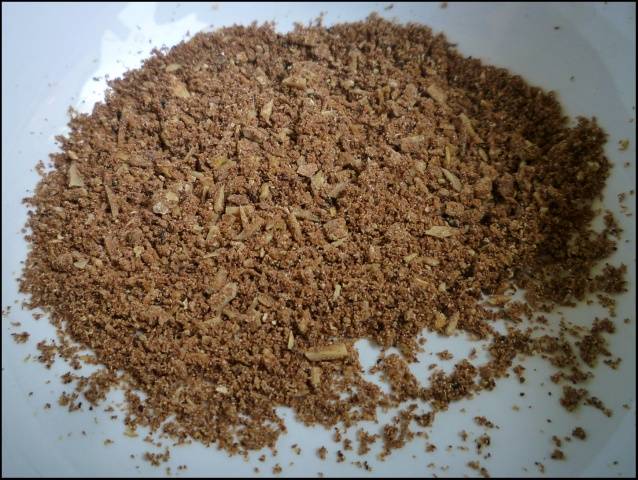Content
The full development of tomatoes is largely ensured by feeding. Organic fertilizers are considered the safest and most effective. They are of plant, animal, household or industrial origin.
Organic feeding tomatoes is a mandatory step in plant care. To increase yields, it is recommended to alternate several types of fertilizers. Organic matter is fully absorbed by the root system and the ground part of plants, strengthens the immunity of tomatoes and stimulates their growth.
The benefits of organic fertilizers
For the full development of tomatoes, an influx of nutrients is required. Especially important for plants Nitrogen, phosphorus and potassium.
Nitrogen allows the formation of the green mass of tomatoes, while phosphorus is responsible for the development of the root system. Potassium increases the immunity of plants and improves the palatability of fruits.
Organic tomato feeding has the following advantages:
- safe for humans and the environment;
- improves the composition of the soil;
- activates the activity of beneficial microorganisms;
- includes available and inexpensive substances.
Organic fertilizers are applied in natural form (compost, Bone flour) or diluted with water to obtain a solution (mullein, "herbal tea"). Certain products are used to spray tomatoes (wood Ash).
Stages of feeding tomatoes
Organic fertilizer for tomatoes can be used at any stage of their growth. Substances are brought in into the ground before planting plants, they are used for watering and leaf processing.
Tomatoes require feeding at the following stages of development:
- after disembarking to a permanent place;
- before flowering;
- with the formation of an ovary;
- during fruiting.
7-10 days should pass between treatments to avoid oversaturation of plants with microelements. The last feeding of tomatoes is performed two weeks before harvest.
Organic fertilizers for tomatoes
Organic matter has a beneficial effect on soil and plants. Fertilizers based on it saturate tomatoes with useful substances, stimulate their growth and fruit development.
Manure application
Manure is the most common fertilizer in garden plots. It is a natural source of useful elements for tomatoes - nitrogen, potassium, phosphorus, sulfur, silicon.
For the vegetable garden, rotted manure is used, containing a minimum amount of ammonia. Also, there are no harmful bacteria in it, since they die when the components of the manure decompose.
The solution is infused for 14 days, after which it is diluted with water in a 1: 2 ratio. Tomatoes are watered at the root after planting in the ground, during flowering and fruiting.
Poultry manure is an effective fertilizer for tomatoes. It is introduced into the soil before planting plants in the amount of 3 kg per square meter.
During the growing season of tomatoes, you can use the infusion chicken droppings... For 1 sq. m requires up to 5 liters of liquid fertilizer for tomatoes.
If tomatoes receive an excess of nitrogen, then they direct vitality to the formation of the stem and foliage. Therefore, the dosage of substances containing this element must be observed.
Peat for tomatoes
Peat is formed in wetlands and is used to create a breeding ground for tomatoes. The composition of peat includes carbon, hydrogen, oxygen, nitrogen and sulfur. This combination of components contributes to the creation of a porous structure of this fertilizer.
Peat is an essential component of potting soil for tomato seedlings. Additionally, dolomite flour or chalk is added to it to reduce acidity. Before planting, you need to sift the peat to eliminate large fibers.
In the greenhouse peat absorbs excess moisture and, if necessary, gives it to tomatoes. This substance also neutralizes the activity of harmful microbes.
The land is enriched with peat in the first year, then its condition is assessed. When white bloom appears, peat dressing is stopped for up to 5 years.
Extracts are obtained from peat, containing a whole range of useful substances. Peat oxidate is especially useful for tomatoes. This substance activates plant metabolism, improves seed germination, strengthens immunity and increases planting yield.
Feeding with compost
The most accessible organic fertilizer for the vegetable garden is compost obtained from plant residues. Weeds and household waste needs to go through several stages to turn into a top dressing for tomatoes.
First, the plant material is left for a while so that it warms up and is enriched with useful elements. Microorganisms appear in the compost, which contribute to the decomposition of plants. They need access to oxygen, so the heap is stirred periodically.
Compost includes food waste, residues of any vegetables and fruits, ash, shredded paper. It is recommended to make a layer of straw, sawdust or manure between the layers of plants.
Compost is used for soil mulching. Additionally, mowed grass or sawdust is added to it. So, the structure and air permeability of the soil improves, the loss of moisture in the greenhouse decreases.
"Herbal tea"
The so-called herbal tea can be a source of nitrogen for tomatoes. It is obtained by infusion of various herbs.
An effective remedy is nettle infusion. For its preparation, the container is filled 2/3 with fresh chopped grass, after which water is poured. In this state, the product is left for 2 weeks.
The addition of mullein and wood ash will help to increase the effectiveness of the infusion. Use the product within 2 weeks after preparation.
Herbal infusion is done weed, which are crushed and filled with water. Dolomite flour can be added to the final mixture (up to 1.5 kg is required per 100 liters of solution). Instead of weeds, straw or hay is often used.
Fertilizer sapropel
Sapropel is extracted from the bottom of fresh water reservoirs, where organic remains of algae and aquatic fauna accumulate. This substance acts as a natural filter and purifies water from various impurities.
The composition of the sapropel fertilizer includes bacteria that act even in the absence of oxygen and a high degree of pollution.
The substance is applied as a finished fertilizer or combined with mineral subcortex. Fertilizer can be purchased packaged. If the sludge is mined on its own, then it must be thoroughly dried and sieved.
The fertilizer retains its properties for up to 12 years. As a result, the quality of the soil improves, the yield of tomatoes increases, moisture is retained better and harmful microorganisms in the soil are eliminated.
Sapropel is suitable for all types of soil. Fertilizer of grade A is universal, grade B is used for acidic soils, and grade B for neutral and alkaline soils.
Humic preparations
Humates are mixtures of salts of various acids and microelements. This natural fertilizer is formed from organic deposits. For feeding tomatoes, choose water-soluble humates, which are supplied in the form of granules or a liquid suspension.
Other types of fertilizers are applied to the soil 3-5 days after the use of humates. If the land is fertile and the tomatoes develop without deviations, then this fertilizer can be discarded. Humates are especially effective as an emergency feeding.
Humates have the following effect on the soil where tomatoes grow:
- improve air penetration;
- contribute to the development of beneficial microflora;
- inhibit harmful microbes;
- increase the ability of plants to transport useful components;
- neutralize toxins and heavy metal ions.
For watering tomatoes, a solution with a concentration of 0.05% is prepared. For 1 square meter of soil, 2 liters of fertilizer are required. Processing is carried out after planting the plants and is repeated every 2 weeks. Another option is to spray tomato inflorescences with a similar solution.
Green fertilizers
One of the most affordable types of organic dressing is green fertilizers for tomatoes or green manures.
This includes a group of plants that are planted at the site where the tomato is planned to be grown. Siderata must go through a full growing season, after which they are buried in the ground.
For each type of crops, certain green manures are selected. When growing tomatoes, the following green fertilizers are used:
- white mustard - helps to avoid soil erosion, the spread of weeds;
- phacelia - eliminates soil acidity, prevents fungal infections;
- oil radish - saturates the upper layers of the soil with useful substances;
- lupine - saturates the earth with nitrogen, repels pests;
- vetch - accumulates nitrogen, increases the yield of tomatoes by 40%;
- alfalfa - reduces the acidity of the earth, accumulates nutrients.
Green manure saturates the soil with nitrogen and draws useful elements to the surface. Plants are harvested before they overgrow. Otherwise, the process of their decay will be too long.
Wood ash
Wood ash is a source of potassium for plants, calcium, sodium and magnesium. These trace elements have a positive effect on the development of tomatoes, help against various diseases and pests.
Ash is introduced into the soil two weeks before the planting of tomatoes. Each well requires 1 glass of this substance. Fertilizer is used after the soil warms up to 15 ° C.
Subsequently ash can use throughout the growing season of tomatoes. It is introduced into the surface layer of the earth, after which it is sealed by loosening.
To obtain a solution, 2 glasses of wood ash per 10 liters of water are required. The tool is infused for three days, then the sediment is filtered, and the liquid is used for irrigation.
Ash feeding is necessary when tomatoes are lacking calcium. This is expressed in a change in the color of the leaves to a lighter color, twisting of the foliage, the falling off of inflorescences, the appearance of dark spots on the fruits.
Bone flour
Bone meal is formed from ground animal bones and contains a large amount of animal fat, phosphorus, calcium and other trace elements. This substance is required for tomatoes during the formation of the ovary after using components containing nitrogen.
Due to bone meal, the taste of the fruit improves, and the substance itself decomposes within 8 months. An alternative to this top dressing is fishmeal, which has a lower cost. It contains more nitrogen and phosphorus, so it is used during the entire growing season of tomatoes.
Tomatoes need up to 2 tbsp. l. bone meal for each bush. Instead, you can put raw fish before planting the plants (roach or crucian carp will do).
Conclusion
Organics are the main source of nutrients for tomatoes. Top dressing is required for plants at every stage of development. The advantages of organic fertilizers include their safety, environmental friendliness, the presence of a full range of minerals, amino acids and other useful substances.
